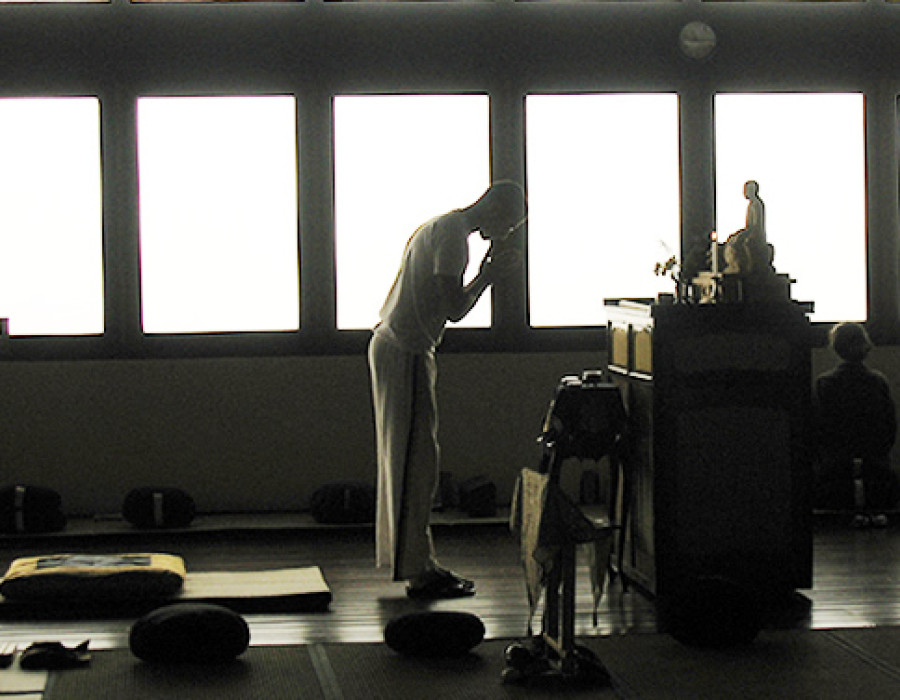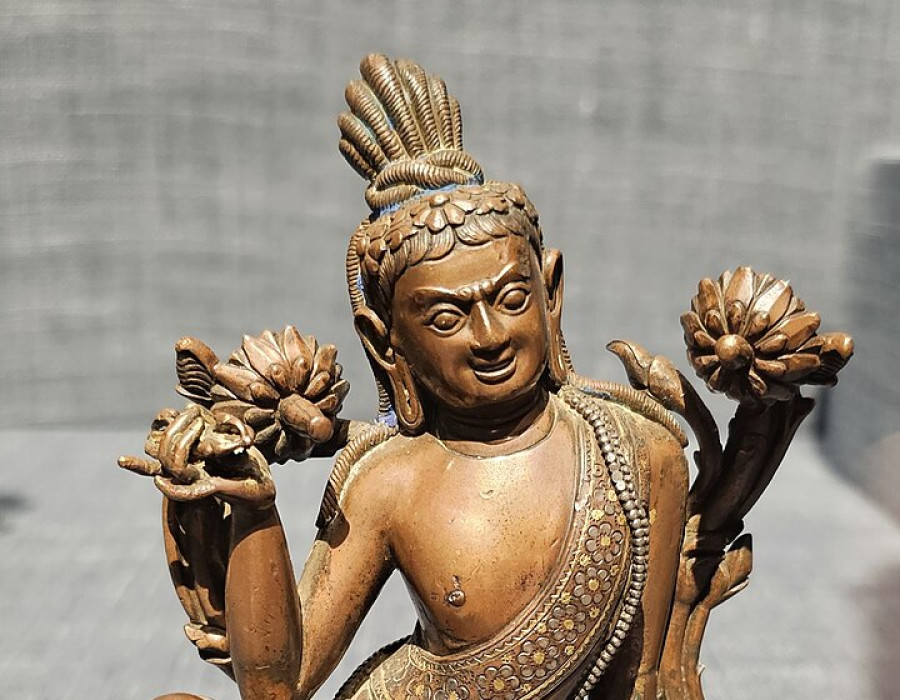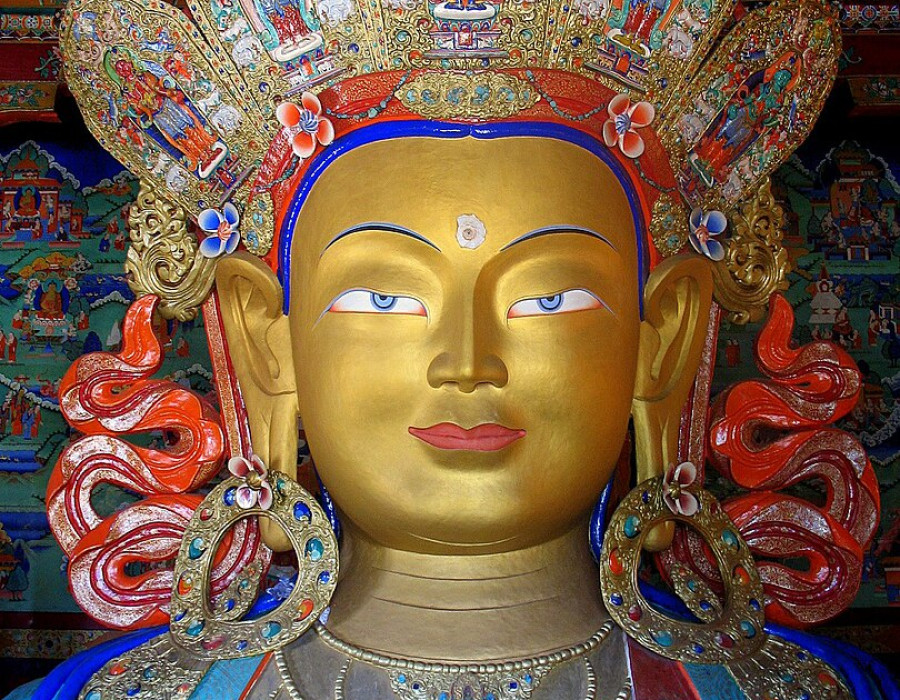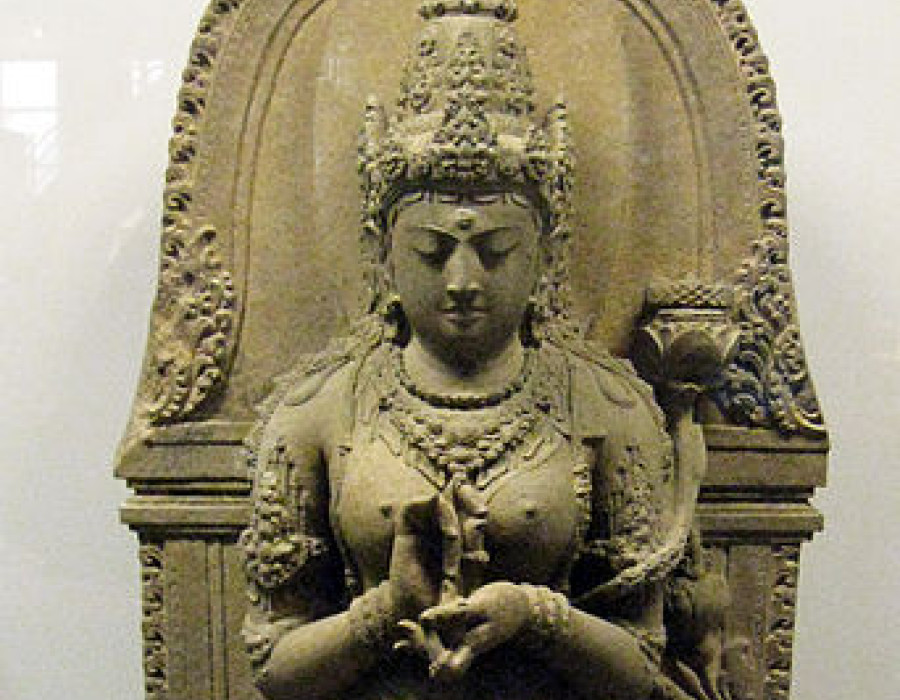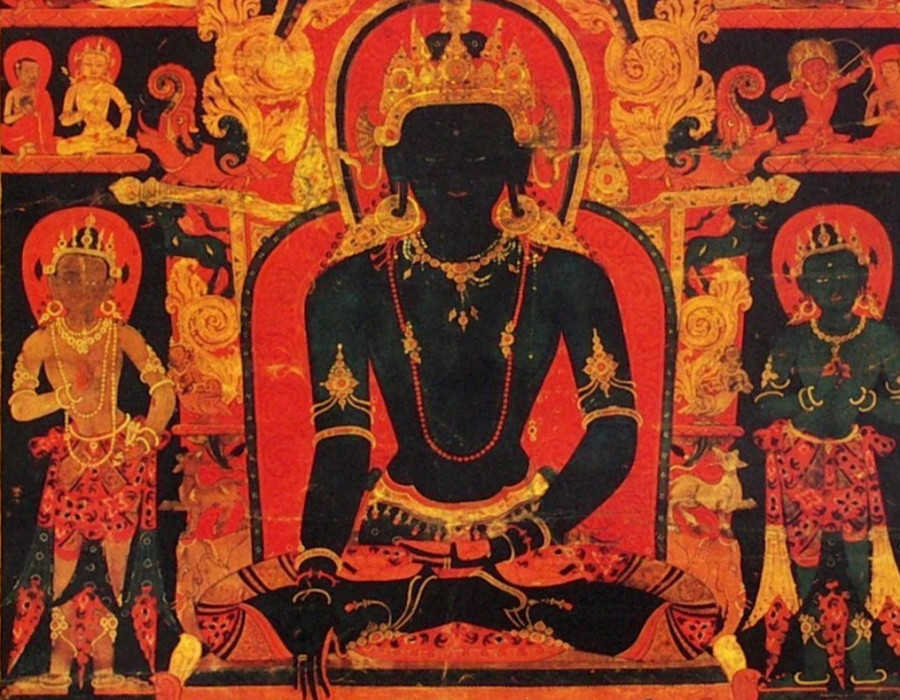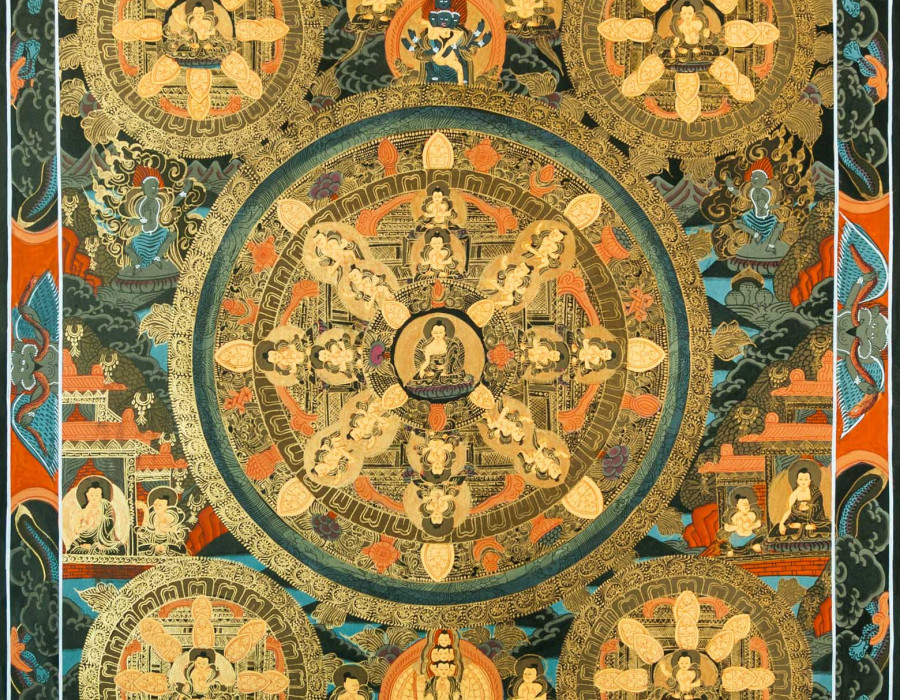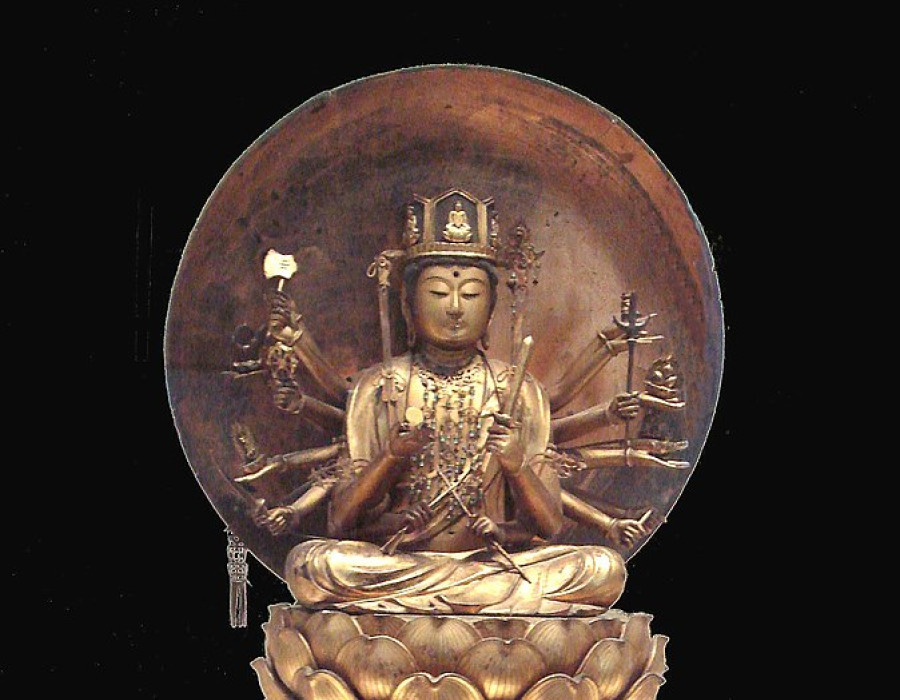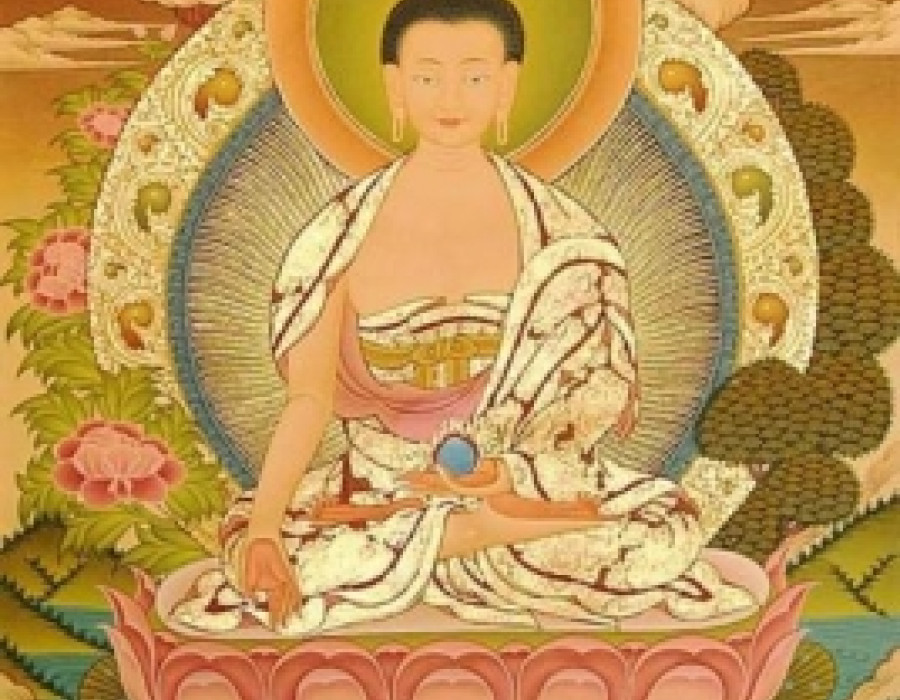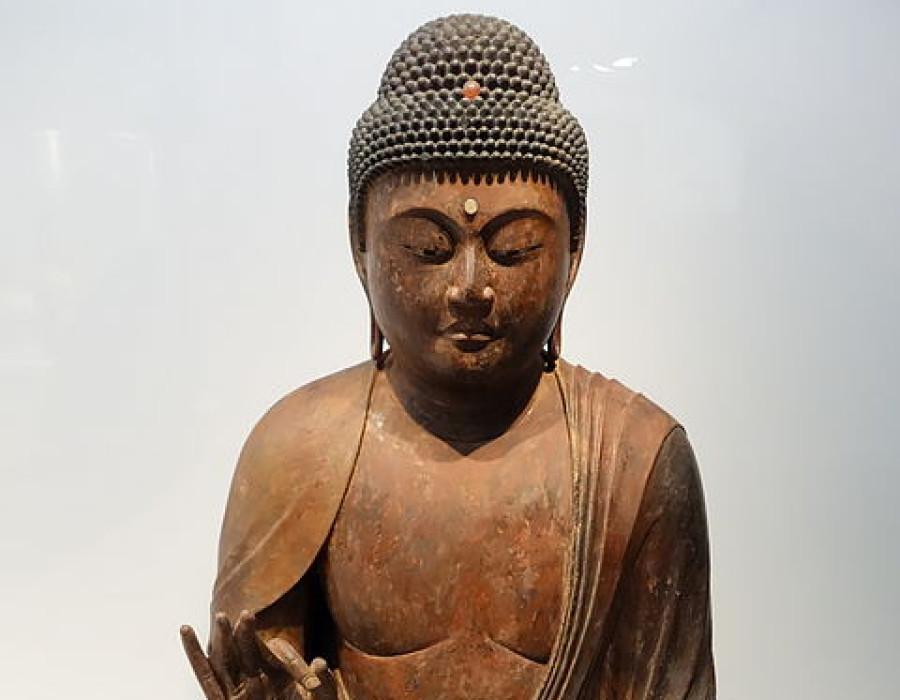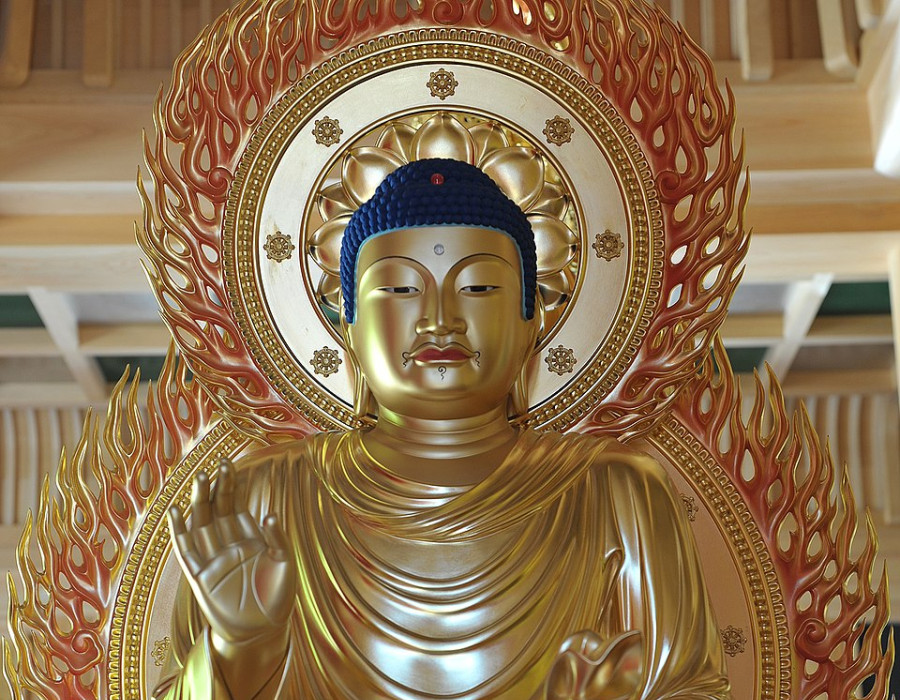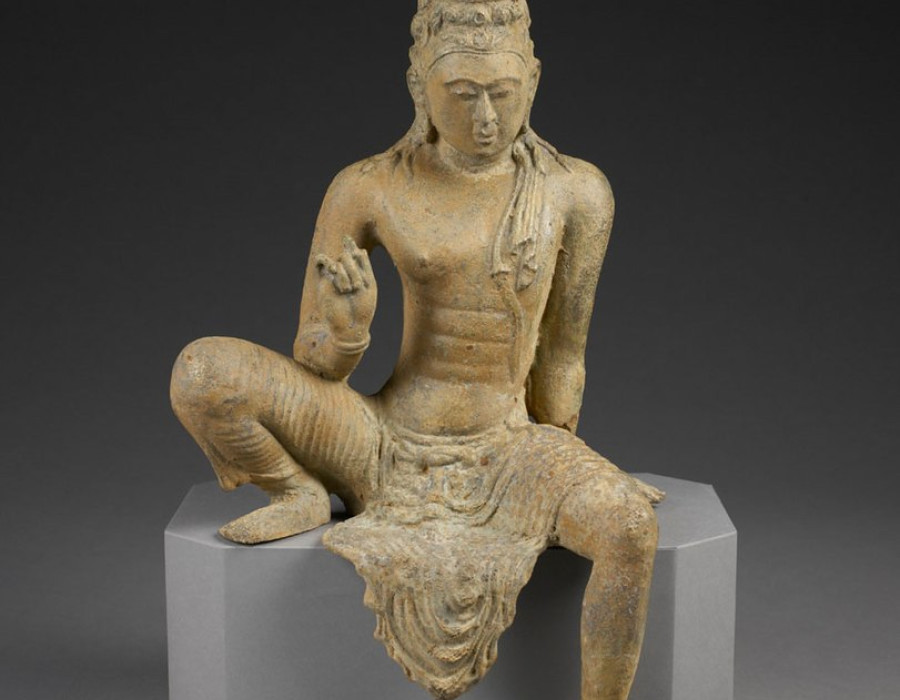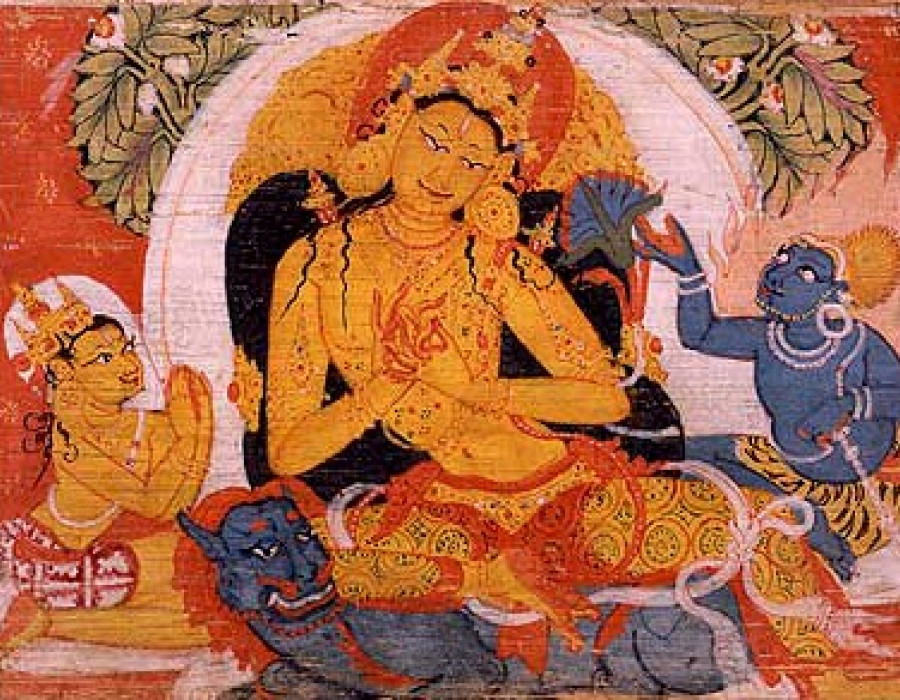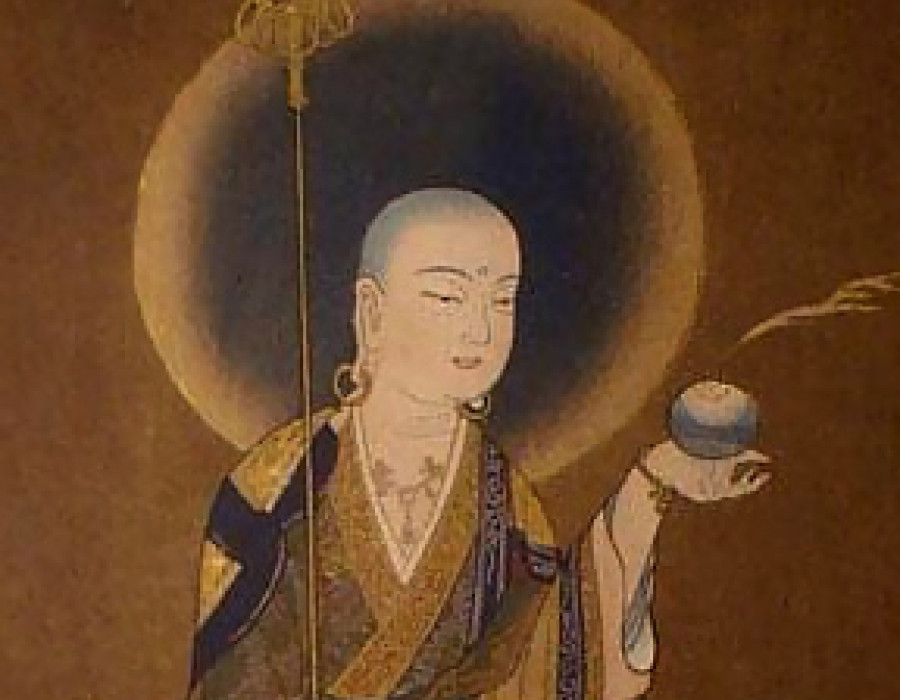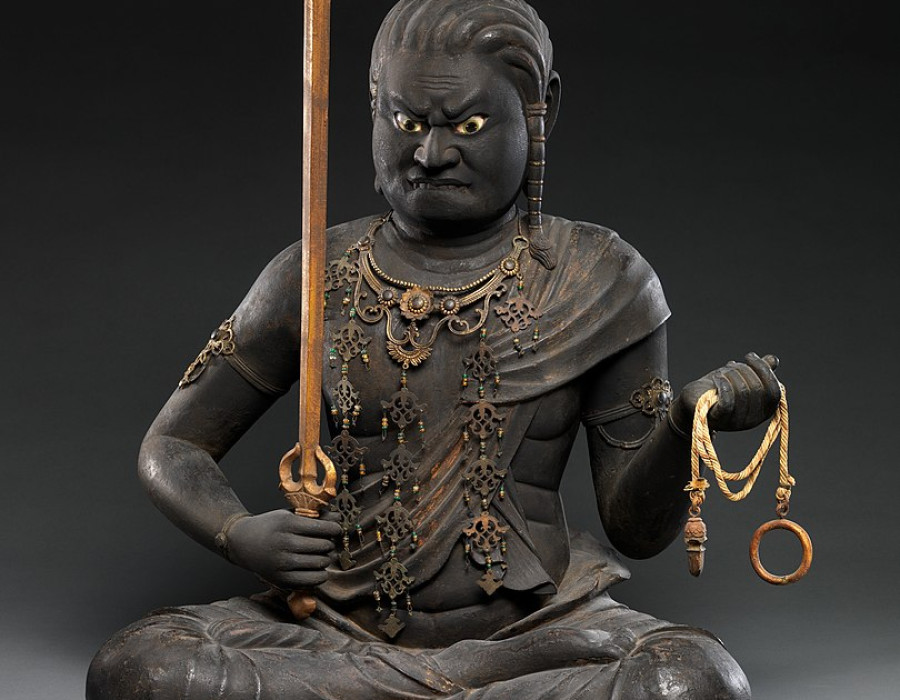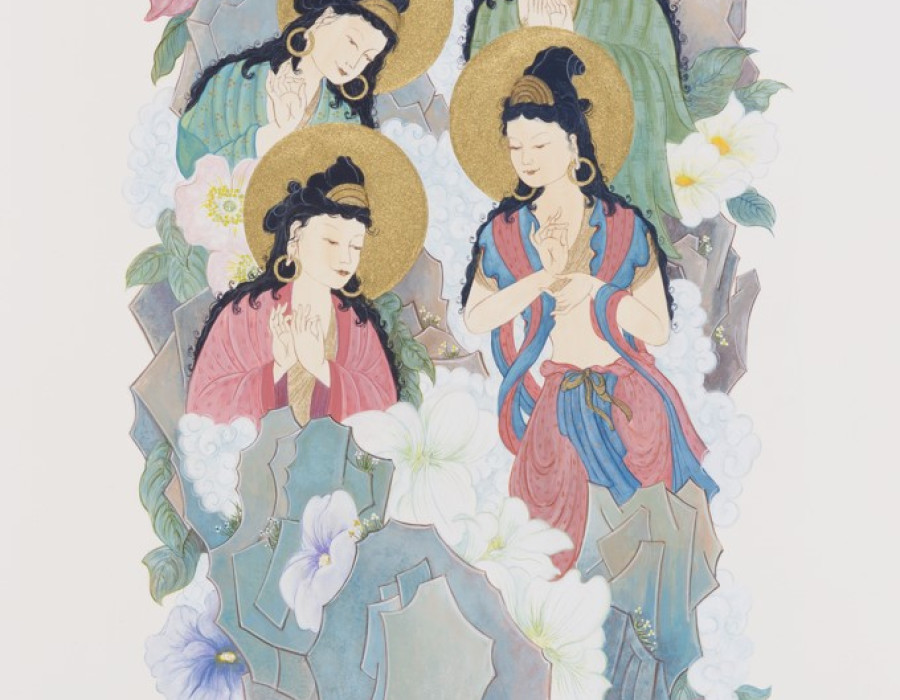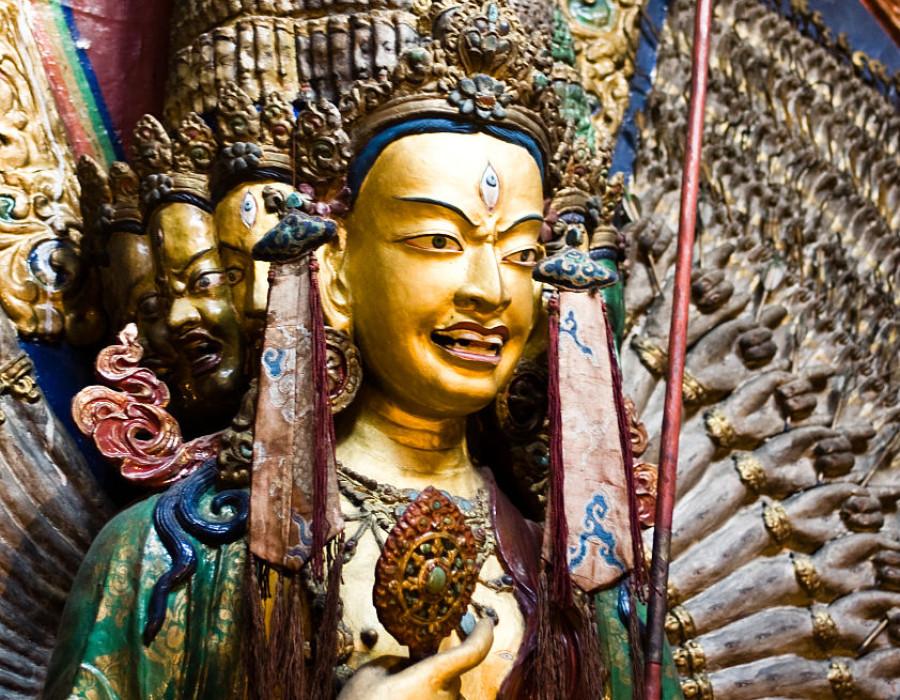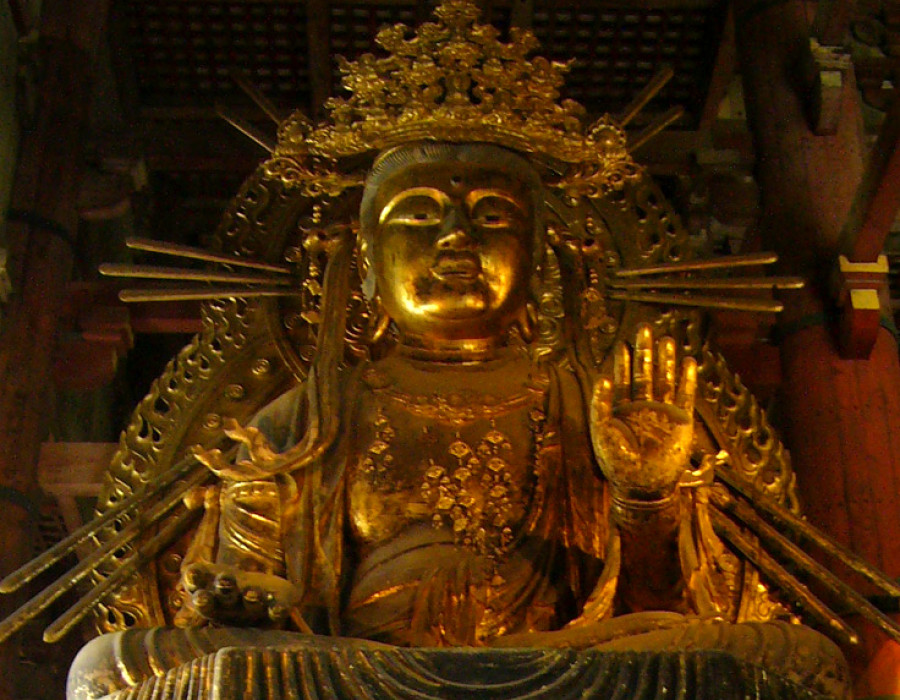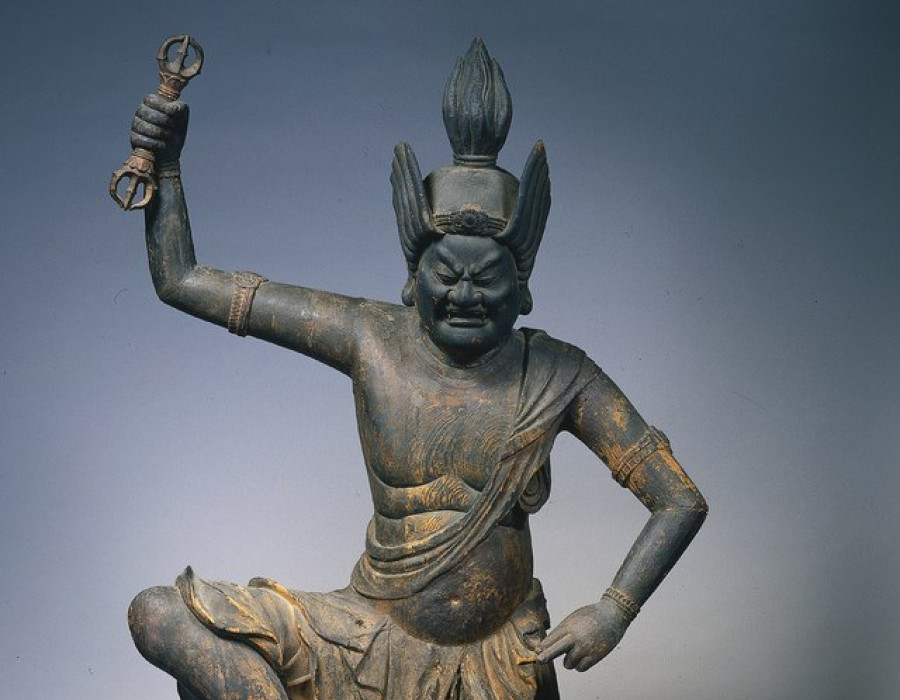
Martin Goodson
The final Meditation Buddha took a vow never to be angry until he reaches full Buddhahood. He is symbolised by the deep blue ocean that remains calm no matter what is happening on the surface.
The story of this Buddha, who is one of the Five Meditation Buddhas, takes place long agoduring the time of a Buddha prior to Shakyamuni. A monk, a member of this Buddha’s sangha, spontaneously made a vow never to intentionally hold onto an angry or aggressive state from that moment on until he attained Buddhahood.
The Buddha of that time praised his vow and re-named him Akshobhya - meaning ‘unshakeable’ or ‘immoveable’ inasmuch as he could not be moved by the passion of anger, aggression and hatred. In early Buddhism, the virtue of patience was seen as the antidote for those who had problems with their temper. Akshobhya, is therefore the Buddha associated with the cultivation of forbearance.
Transforming the energy of the emotional household has to be understood in light of the Buddha’s teaching of The Middle Way. There are two errors that can be made in this practice. These are the lack of restraint of impulses and repression. Cultivating ethical conduct and good embodied form counters the first mistake and, since emotional reactions arise in the physical form, developed awareness of the first foundation of mindful awareness of body will remedy the second mistake.

Lapis Akshobha from Afghanistan
Akshobhya is also one of the Five Wisdom Buddhas in Vajrayana teachings. He is the aspect of the Mind/Heart that reflects things as they really are and yet is not moved by what it reflects. Thus he can differentiate between ‘Buddha & Mara’ or what is true and what is false.
Iconographically, he is coloured blue-black. This reflects the colour of the deep ocean which is quiet and still even though a storm may be whipping up waves on the surface. In contrast this blue colour can also represent the wide openness of the sky which is always present even when obscured by clouds. He is accompanied by two elephants, three robes, a bell, a sword and prayer wheel.
Those who dedicate themselves to the veneration of this Buddha, aspire to make the same vow as Akshobhya and seek to overcome their own karmic seeds of anger and aggression through the cultivation of patience. In a talk on taking this vow, the current Karmapa, the head of the Kagyu sect of Tibetan Buddhism, said that for beings to make a vow that lasts just for this lifetime would also be effective. If this is also too much then we can just take the vow to last a day at a time. In this way the resolve is gradually built up. He also points out that overcoming anger means also developing love at the same time.
As one of the Five Wisdom Buddhas his direction is in the East where he oversees the realm of Abhirati - the realm of joy, a counterpart to the Western Pure Land of Amitābha in the West.
The earliest confirmed reference to this Buddha is from a Pure Land sutra that dates back to the 2nd century C.E.. Akshobhya also appears in The Parable of the Magic City in the Lotus Sutra.
His mantra is:
Namo Ratna Trayaya
Om Kamkani Kamkani
Rotsani Rotsani
Trotrani Trotrani
Trasani Trasani
Pratihana Pratihana
Sarva Karma Param Para Nime Sarva Sato Nantsa Svaha

